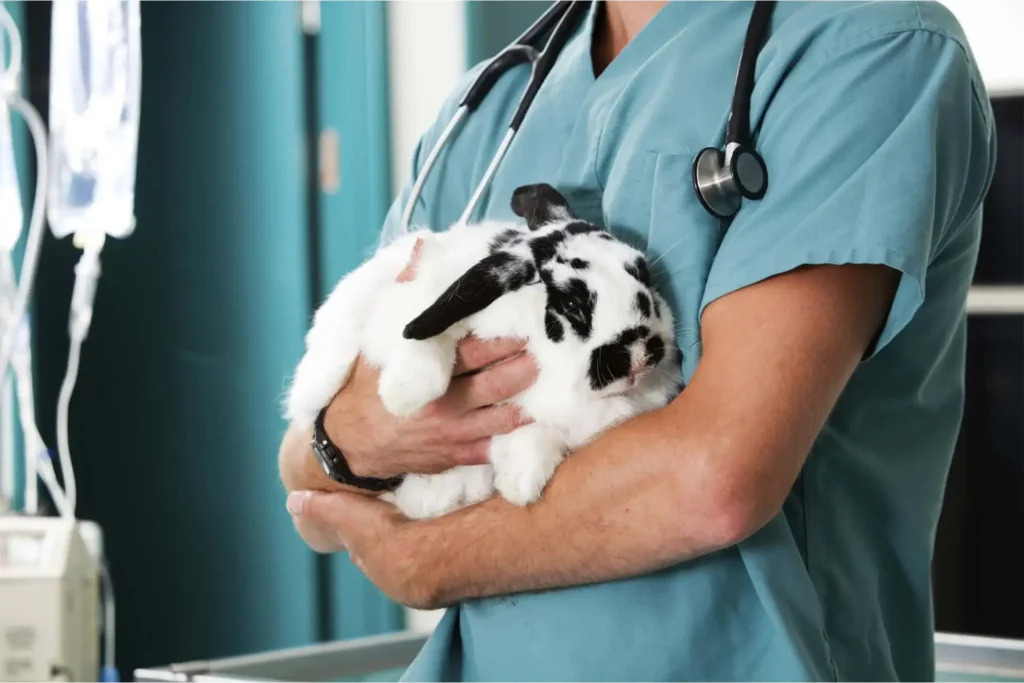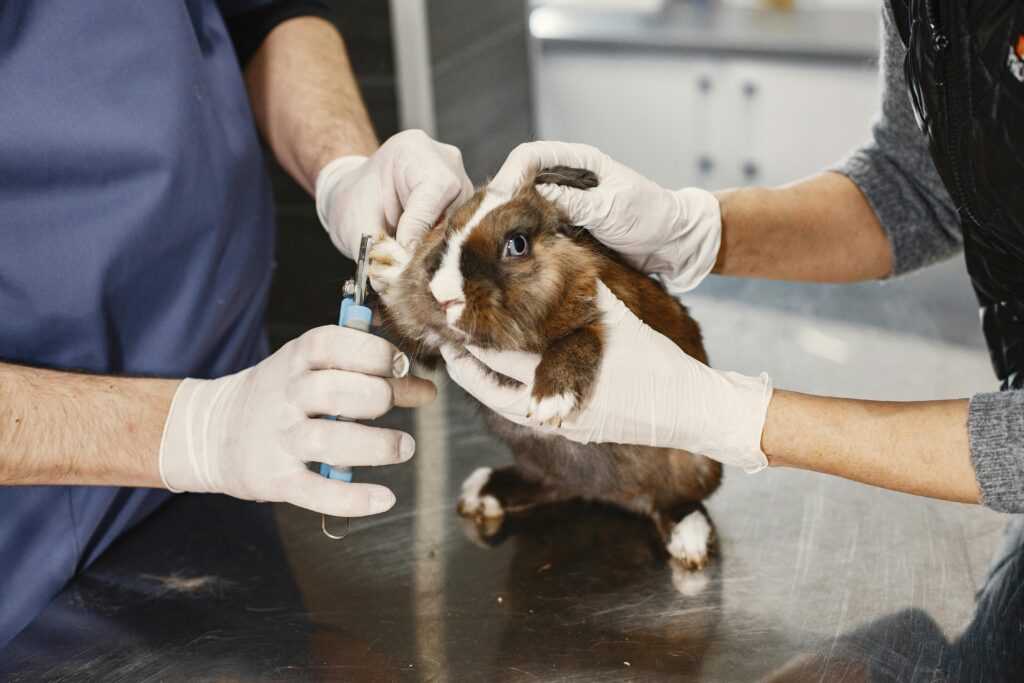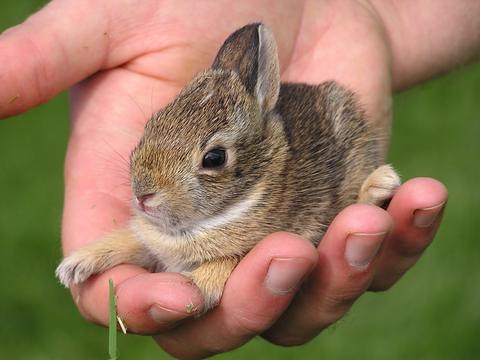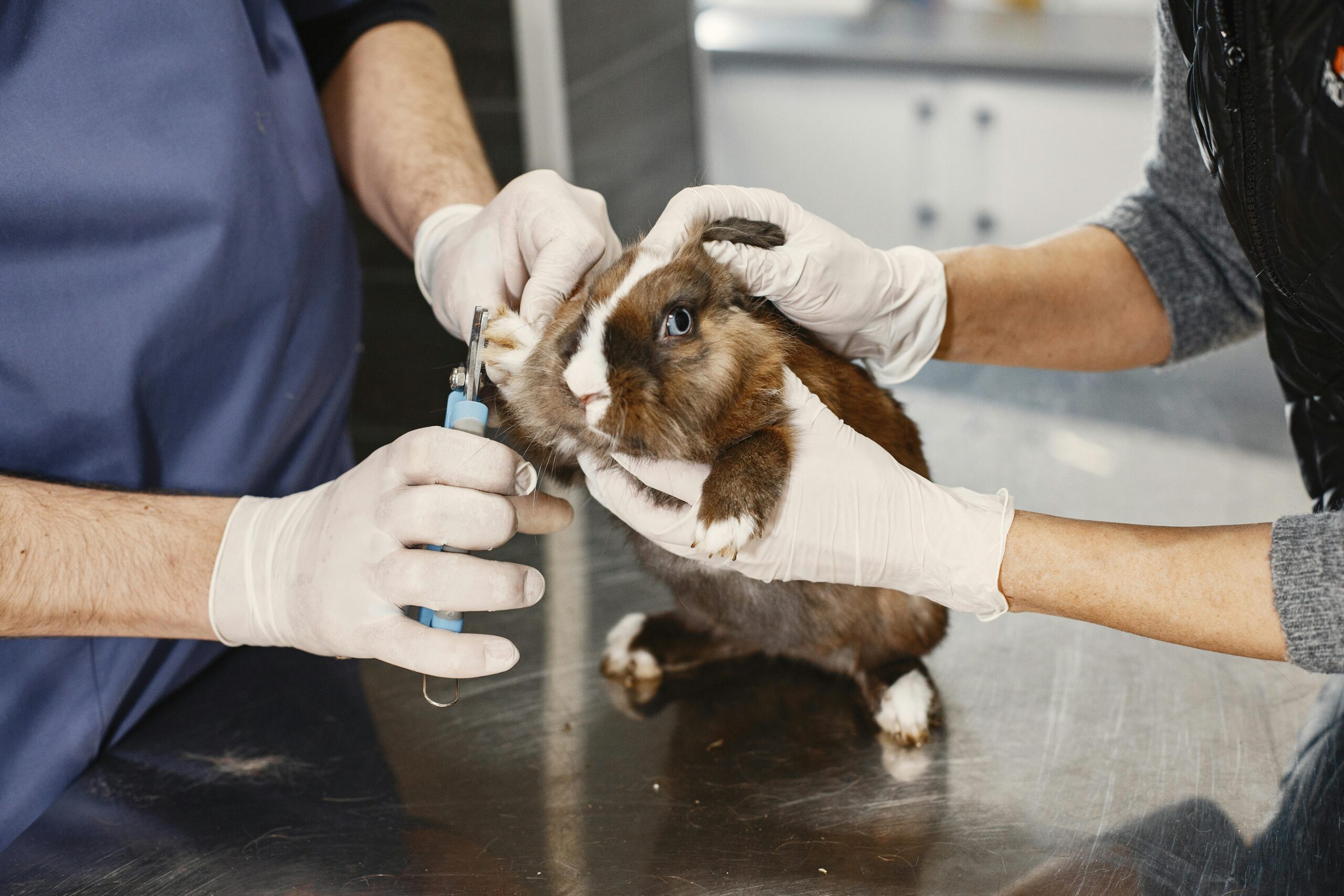The cornerstone of a proper rabbit grooming routine is regular brushing. This practice serves multiple vital purposes. Firstly, it effectively removes loose fur, a necessity, especially during shedding seasons, which typically occur in spring and autumn. Rabbits groom themselves by licking their fur, and unlike cats, they are unable to regurgitate ingested hair in the form of hairballs. An accumulation of swallowed fur can lead to gastrointestinal stasis, a potentially life-threatening condition where the digestive system slows down or ceases to function. Regular brushing significantly reduces the amount of fur your rabbit ingests, thereby mitigating this risk. Secondly, brushing helps to prevent matting, particularly in long-haired breeds. Mats can be uncomfortable, restrict movement, and even cause skin irritation or infections if left unattended. Thirdly, the act of grooming provides an excellent opportunity to conduct a thorough health check, allowing you to identify any lumps, bumps, cuts, sores, or parasites that may be present.

The frequency and technique of brushing vary depending on your rabbit’s breed and coat type. For short-haired breeds, a gentle brushing once or twice a week is generally sufficient, except during heavy shedding periods when more frequent sessions may be necessary. A soft bristle brush or a rubber grooming brush is typically effective for these coats. Long-haired breeds, however, require significantly more attention, often necessitating daily brushing to prevent tangles and mats. For these breeds, a slicker brush or a metal comb with varying tooth spacing is recommended to effectively work through their dense fur. Woolly breeds, such as Angoras, may benefit from specialized tools like a mat splitter or a mat rake to carefully tease out any existing mats. Regardless of the breed, always brush in the direction of hair growth to minimize discomfort for your rabbit. Pay particular attention to areas prone to matting, such as around the neck, armpits, and the base of the tail.
Creating a calm and relaxed environment is crucial for successful brushing sessions. Place your rabbit on a towel on your lap or a stable surface where they feel secure. Speak to them in a soothing voice and offer gentle strokes before beginning to brush. Use gentle pressure and long, slow strokes to avoid pulling on their delicate skin. Be extra cautious around sensitive areas like the ears and eyes. Positive reinforcement is key; offering a small, healthy treat after the brushing session can help your rabbit associate grooming with a positive experience, making future sessions easier.
Nail trimming is another essential component of how to groom your rabbit properly. Rabbit nails grow continuously and can become excessively long if not trimmed regularly. Overgrown nails can cause discomfort, interfere with their ability to walk and hop naturally, and even lead to painful foot injuries or infections if they snag and break. The frequency of nail trimming typically ranges from every 4 to 8 weeks, depending on the rabbit’s activity level and the type of surfaces they move on. Rabbits that spend more time on hard surfaces may naturally wear down their nails to some extent, requiring less frequent trimming.
To trim your rabbit’s nails, you will need a pair of rabbit-specific nail clippers, which are designed to provide a clean and precise cut. It is crucial to avoid cutting the “quick,” the blood vessel and nerve that runs through the center of the nail. Cutting the quick will cause bleeding and pain. In rabbits with light-colored or translucent nails, the quick is usually visible as a pinkish area. However, trimming the nails of rabbits with dark-colored nails requires more caution. A helpful technique is to shine a small flashlight behind the nail, which can sometimes illuminate the quick. It is always better to trim only the sharp tips of the nails, erring on the side of caution by taking off too little rather than too much. If you are unsure about how to trim your rabbit’s nails safely, your veterinarian or a knowledgeable rabbit breeder can provide guidance and demonstrate the proper technique. Having a helper to gently restrain your rabbit during nail trimming can be beneficial, especially if your bunny is uncooperative.

Breed-specific grooming extends beyond the frequency and tools used for brushing. Long-haired and woolly breeds require vigilant monitoring for mats and may need more frequent and thorough grooming sessions to prevent them from forming. Regular checks for “poopy bottom,” a condition where fecal matter becomes stuck to the fur around the rabbit’s rear end, are particularly important, especially for rabbits with longer fur or those who have mobility issues. This condition can lead to flystrike, a serious and potentially fatal infestation of fly larvae. Keeping the rear area clean and dry is crucial. All breeds benefit from regular overall health checks during grooming sessions, looking for any signs of illness, injury, or parasites. Checking their ears for wax buildup or signs of infection, and their eyes for any discharge, is also important.
A practice to avoid during grooming is “trancing” or placing your rabbit on their back in a seemingly hypnotized state. While some rabbits may appear still in this position, it is actually a fear response, a form of “playing dead” that induces extreme stress. This practice should be avoided as it can be detrimental to your rabbit’s well-being. Instead, find comfortable and supportive positions for grooming, such as having them sit upright supported against your body or supporting their front paws so they are standing on their hind legs, allowing access to their underside.
Bathing your rabbit is generally not recommended unless absolutely necessary due to a specific medical reason and under the guidance of a veterinarian. Rabbits are naturally clean animals and can become highly stressed by being wet. Furthermore, their dense fur can be difficult to dry completely, leaving them vulnerable to hypothermia and respiratory infections. Water can also cause their fur to clump together, making the situation worse. Spot cleaning with a damp cloth can be used to address localized soiling.

In conclusion, how to groom your rabbit properly involves a consistent routine of brushing tailored to their breed, regular and careful nail trimming, and diligent monitoring for breed-specific issues and overall health. By understanding the importance of each aspect of grooming, using the appropriate techniques and tools, creating a calm environment, and avoiding stressful practices, you can ensure your rabbit remains healthy, comfortable, and enjoys a stronger bond with you. Regular grooming is not just about maintaining a tidy appearance; it is a vital component of responsible rabbit care that contributes significantly to their long-term health and happiness.

